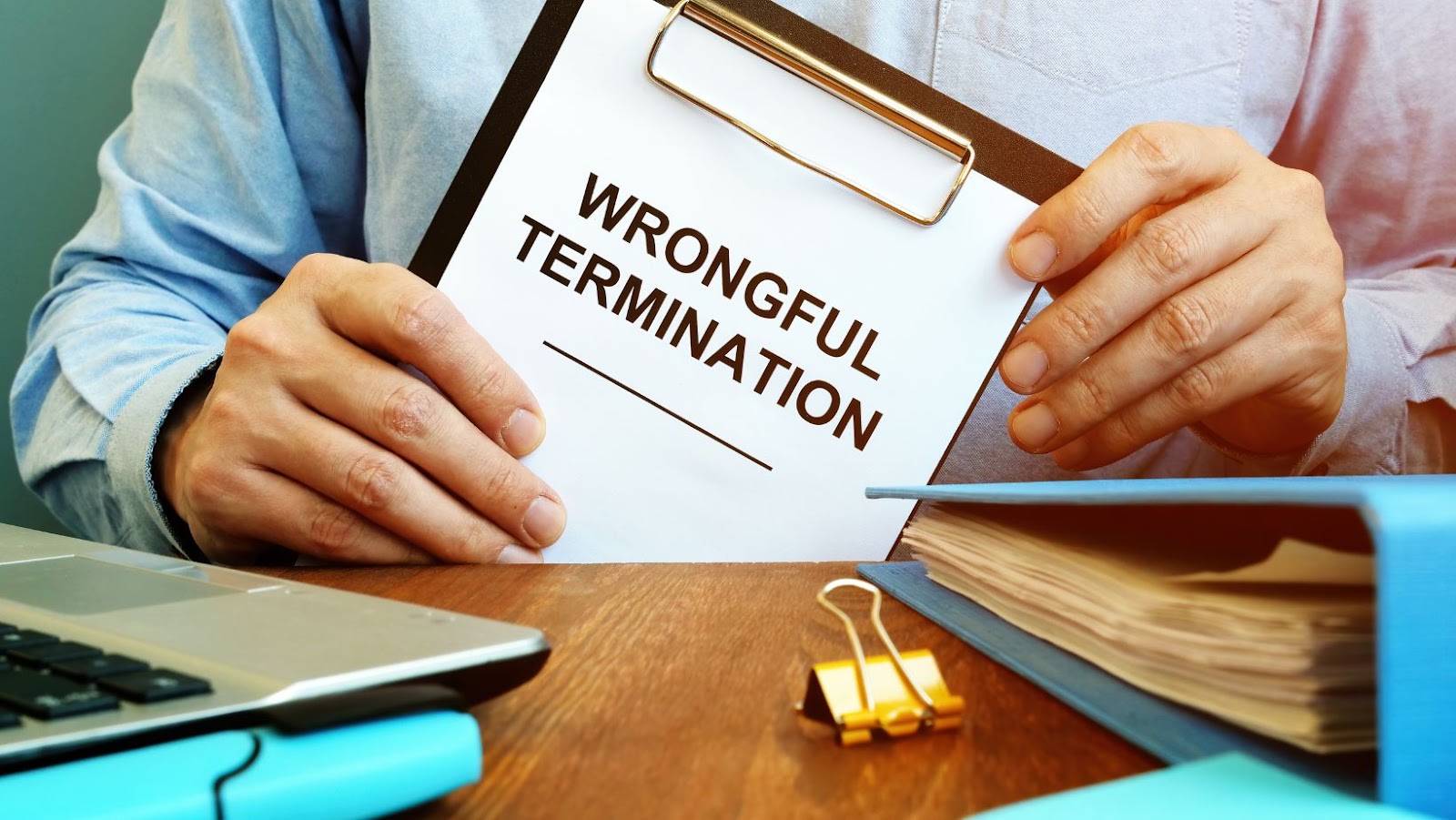Losing a job is one of the most stressful events a person can experience, particularly when the circumstances surrounding the termination feel unjust or unlawful. Many people are unaware of their employee rights and may feel powerless when they believe they have been wrongfully dismissed. However, understanding your rights is the first step toward recognizing and addressing wrongful termination.
Whether due to discriminatory practices, retaliation, or a violation of employment contracts, it’s crucial to take immediate action when faced with a wrongful termination case. Employees are not left without recourse, and recognizing the signs of wrongful termination can be the difference between securing justice and remaining a silent victim.
Understanding Wrongful Termination
Wrongful termination refers to dismissing an employee in total or partial violation of legal provisions. Federal and state statutes, employment agreements, or organizational documents can confer these protections. For instance, if an employee is terminated because of race, sex, disability, or religion, then the employee has been locked out based on the Civil Rights Act or the Americans with Disabilities Act.
Also, wrongful termination may happen if the worker is dismissed in revenge for participation in activities protected by law. This may mean reporting a sexual harasser, seeking workers’ compensation for an injury, or even reporting a corrupt company official. In many states, even employees who do not have a contract of employment and can be dismissed with or without cause are protected from discharge based on discrimination or retaliatory motives.
However, most employees are oblivious to their rights, so employers take advantage of the situation and perpetuate the vice. Understanding the signs of wrongful termination and how to deal with it will help employees stand up for their rights whenever they are violated.
Recognizing the Signs of Wrongful Termination
Knowing when you have been fired unfairly is not easy. Most employers will attempt to mask unlawful dismissal with lawful grounds, such as incompetence or redundancy. But some signs may warn you that your discharge was illegal.

Discriminatory Firing: If you are discharged soon after reporting information regarding your race, gender, religion, or some other characteristic protected by law, and you believe that these reasons played a role in your discharge, it may have been wrongful termination. For instance, an employee who has just announced her pregnancy and is dismissed from work without any legal cause may well have reasons to believe that the dismissal is based on gender or pregnancy.
Retaliation for Protected Activities: If you recently complained to your employer about discrimination, harassment, or unsafe working conditions and are fired shortly thereafter, this may well be retaliation. Employers cannot legally dismiss employees for participating in activities as provided under the law, for instance, exercising their rights under the labor laws.
Violation of Employment Contracts: If you are on an employment contract in which the conditions of employment, including the conditions under which and how you can be dismissed, have been stated, your employer cannot go against these conditions. If you are fired in a manner that violates the terms of the contract, then you have a wrongful termination lawsuit.
Steps to Take After Experiencing Wrongful Termination
If you feel that you have been dismissed unfairly, then it is wise to move fast. Here are the steps you should follow to address the situation:

Document Everything: Document every contact with your employer that might be seen as discrimination, retaliation, or a contract violation. Gather emails containing information about the case, review your subordinate’s performance, and gather testimonies from other employees. The more proof you have, the better your chances of winning are.
Request a Reason for Termination: An employee is generally entitled to a reason for dismissal on request. Request this reason in writing to know if the dismissal was legal or not. This is especially important in a wrongful termination case when the employer’s reason will go against your documented performance or the terms of employment.
Consult an Employment Lawyer: It is not easy to understand the legalities of wrongful termination without the assistance of an experienced lawyer. An employment lawyer will assist you in making sense of your legal position and the likelihood of success. They also can help you file an EEOC claim or other appropriate government complaints.
Moving Forward After Wrongful Termination
Although wrongful termination is one of the worst things an employee can face, it is not always bad since it can act as a catalyst for change. Most employees who fight their termination cases not only get paid but also assist in ending other workers’ unfair dismissal cases. Reinstatement, financial compensation, or seeking a better workplace are some ways to get their wrongful dismissal rights back on track.
As a result, wrongful termination cannot be something any employee should face. In this case, if you understand the signs, you can act to deal with the situation and seek justice for yourself. By seeking the help of a lawyer or just being informed of your rights, some ways would prevent employers from mistreating their employees.
